 RESOURCES
RESOURCES
Top Posts
 All
All
 Case Studies
Case Studies
 Podcasts
Podcasts
 Blogs
Blogs
 Webinars
Webinars
 White Papers & Guides
White Papers & Guides

Podcasts
Ep. 93: Customer Experience Is Everything in a Member-Centric Business

Case Studies
Multinational Retailer Selects iQor to Support Surging Driver Delivery Demand

Case Studies
Credit Card Issuer Transforms Customer Care With iQor’s IVR-to-Chat Options That Meet Customers in Their Preferred Channel

Podcasts
Ep. 92CX: Empowering Employees for CX Excellence Through Organizational Development

Blogs
AI Trends Reshaping Customer Experience

Podcasts
Ep. 91CX: Elevating Training for Agents With Active Learning

Blogs
Master Retail CX All Year Long Through Strategic BPO Outsourcing

Blogs
Achieve Operational Excellence in Retail Year-Round Through Outsourced CX

Podcasts
Ep. 90: Navigating the Future of CX With AI and Employee Engagement

Blogs
Accelerate Loan Processing in Auto Finance With Outsourced Back Office Support

Podcasts
Ep. 89: Value-Centric Leadership Is Shaping the Next Era of Customer Service

Podcasts
Ep. 88CX: How iQor Harnesses Active Learning Strategies to Boost Employee Engagement

Blogs
Love at First Insight: The Romance of Understanding Customers Through Interaction Analytics

Podcasts
Ep. 87CX: Cutting-Edge Recruiting Technology With a Human Touch
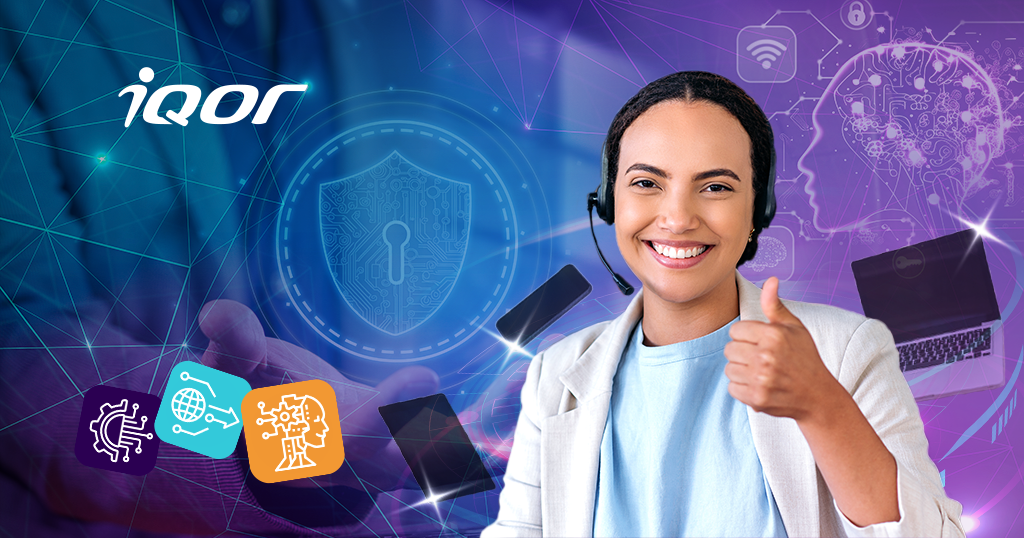
Blogs
Unlock the Ultimate Customer Experience With AI Strategies for Consumer Electronics Brands

Podcasts
Ep. 86: How iQor Delivers Successful Seasonal CX Ramps for This Direct-to-Consumer Catalog Brand

Podcasts
Ep. 85: Leveraging NICE CXone to Augment Human and Operational Excellence at iQor
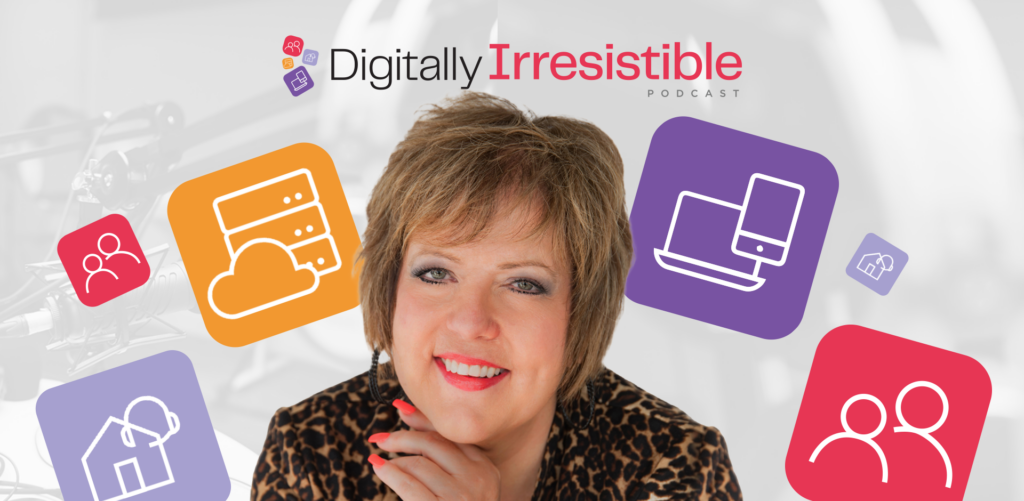
Podcasts
Ep. 84: Unlocking Greater Employee Performance With a Can-Do Mindset

Podcasts
Ep. 83CX: Harnessing AI to Optimize the Employee Lifecycle at iQor

Podcasts
Ep. 82: The Journey to Becoming an Impactful BPO HR Leader

Podcasts
Ep. 81: Mastering Customer Experience with the Right Mix of Technology and Human Touch

Podcasts
Ep. 80: iQor’s Nearshoring Success in Medellín, Colombia, Harnesses Talent and Culture

Case Studies
Major Auto Lender Accelerates Dealer-to-Consumer Financing With iQor’s Back Office Support Services

Podcasts
Ep. 79: The iQor Blueprint for Nearshore CX Outsourcing in Trinidad and Tobago

Blogs
Strategic Outsourcing as a Competitive Advantage in the Digital Age

Blogs
The Future of Customer Satisfaction in Retail Is AI-Driven Contact Center Optimization

Blogs
Humanizing eTail by Empowering Call Center Agents as Ambassadors for Brand Storytelling

Podcasts
Ep. 78: The Fusion of Heart and Science for Effective CX

Blogs
Digital Transformation in Retail: A 5-Step Strategy to Optimize Customer Service and Boost Loyalty

Case Studies
Global Business Solutions Provider Transforms Complex B2B Revenue Management Services Through Strategic Outsourcing

Podcasts
Ep. 77: The Future of Customer Experience in Construction Is Now at EDiS

Blogs
How Machine Learning Can Help You Reduce Frontline Employee Attrition

Podcasts
Ep. 76: Empowering Women in the Contact Center Industry: The Story of CCWomen

Blogs
The 5 Essential Pillars of Zero Trust for BPOs

Podcasts
Ep. 75 Customer Experience Meets Employee Experience in the Moving Industry

Podcasts
Ep. 74 Maximizing Employee Potential Through Career Pathing and Development

Case Studies
Culture of Innovation Inspires Strategic Outsourcing Partnership to Meet Top Global Retailer’s Commitment to Excellent CX

Blogs
How to Use Machine Learning to Power Conversations and Retain More Contact Center Employees

Podcasts
Ep. 73 A Guide for CX Leaders to Create a Plan for Unshakeable Customer Loyalty
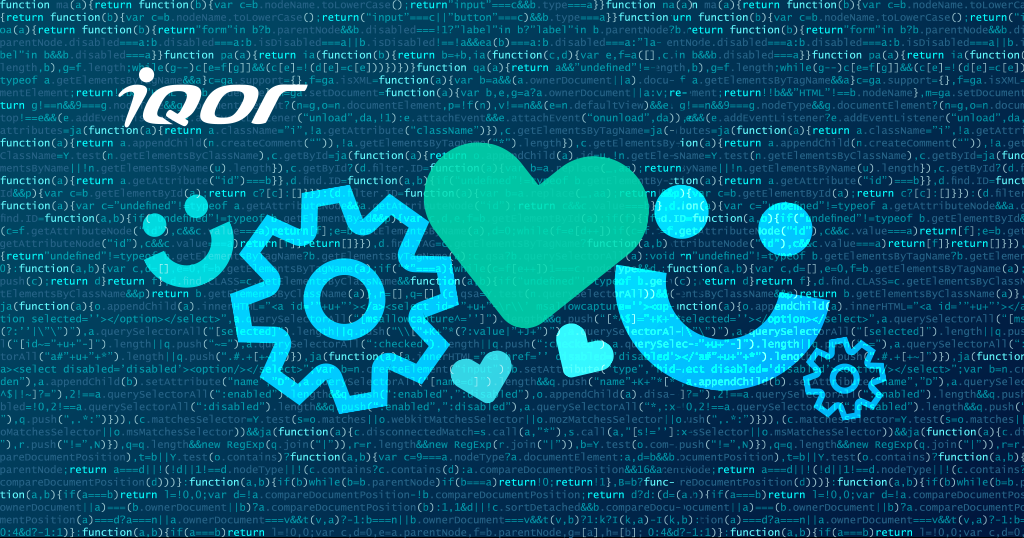
Blogs
6 Ways Predictive Analytics Can Improve Frontline Employee Experience Resulting in Better CX

Podcasts
Ep. 72 The 3E Leadership Framework for Driving High-Performing Customer Teams

Podcasts
Ep. 71 The SUPER Model Method to Create Superfans and Game-Changing CX

Podcasts
Ep. 70 The 5 Key Elements Frontline Employees Need to Deliver Great CX

Podcasts
Ep. 69 How Innovative Service Creates Customer Advocates

Blogs
5 Steps to Improve Coaching Effectiveness for Frontline Supervisors

Case Studies
Strategic Outsourcing to Trinidad Saves Utility $3 Million in Year One for Customer Support

Podcasts
Ep. 68 How to Create a Unique Customer Experience in the Energy Sector

Case Studies
Strategic Outsourcing Saves Fashion Retailer $5 Million in Order Entry Costs

Case Studies
IVR Automation Scores Touchdown With Big Game Fans Seeking Food Order Status

Podcasts
Ep. 67 The 8 Ways to Make Every Customer Experience Amazing

Case Studies
US-Based Energy Company’s Strategic Outsourcing Yields $14 Million Annualized Savings in Customer Service

Blogs
7 RPA Best Practices for Projects With Measurable ROI

Podcasts
Ep. 66 These SIMPLE Customer Experiences Are Winning Experiences

Podcasts
Ep. 65 The Role of the IT & Business Process Association of the Philippines
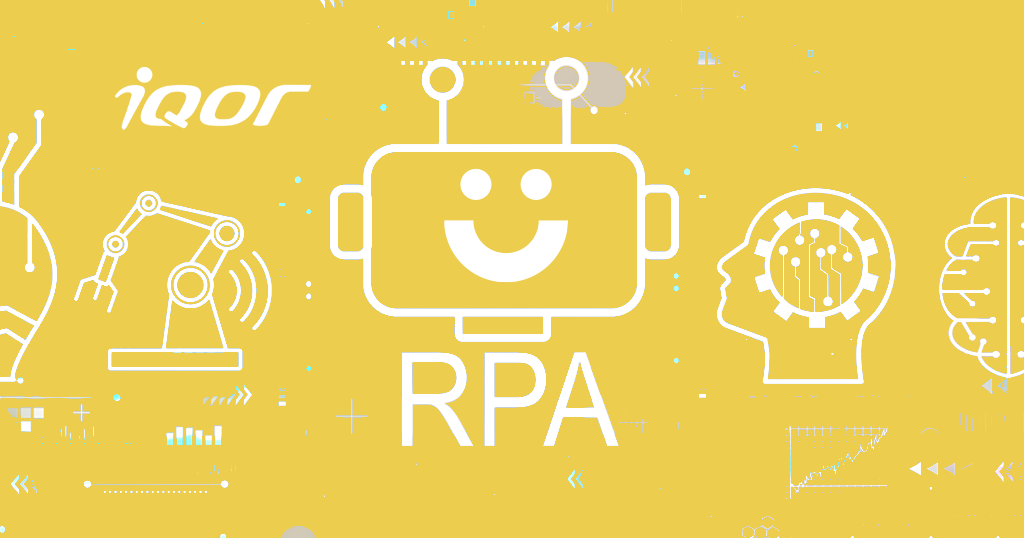
Blogs
The Benefits of RPA: How BPOs Help Organizations Save Time and Money With CX Automation
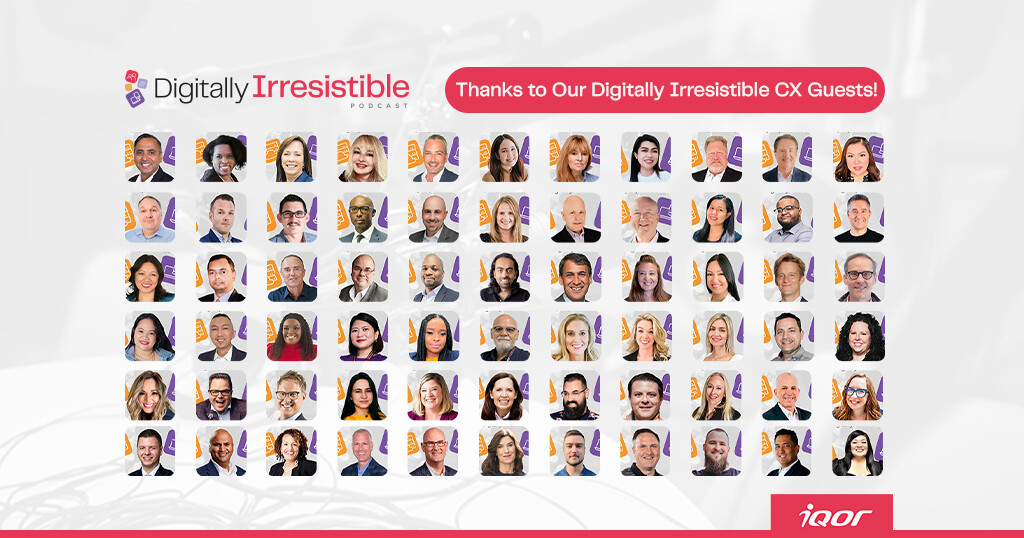
Blogs
A Masterclass in CX Best Practices Through 64 Irresistible Podcast Episodes

Blogs
Maximize Customer Lifetime Value by Personalizing Customer Care and Revenue Recovery

Podcasts
Ep. 64 How Employee Engagement Creates Smiles in CX

Blogs
Accelerate Customer Service Agent Training and Coaching Using the Power of Speech Analytics

Podcasts
Ep. 63 How to Create Profitable Customer Experiences

Blogs
These 14 Ingredients Will Help Your Customer Service Emails Boost Loyalty and Revenue

Podcasts
Ep. 62 How iQor Optimizes Cloud Security With Prisma® Cloud

Blogs
How a Data Scientist Adds Value to Your Relationship With a Business Process Outsourcing Provider

Podcasts
Ep. 61 Workplace Wellness That Puts Organizations in Motion

Blogs
7 Signs Your BPO Is the CX Outsourcing Partner for You

Podcasts
Ep. 60 The Differentiated Experience Is the Most Referable Customer Experience

Podcasts
Ep. 59 3 Business Functions of a Digital Marketing Ecosystem in Health Care That Improve the Customer Experience

Case Studies
How iQor Harnesses Performance Enablement Technology to Replicate Top Performers at Scale

Podcasts
Ep. 58 How Caring Leadership Transforms Customer Experience

Podcasts
Ep. 57 How AI Enables BPO Supervisors to Coach Agents and Boost Performance

Podcasts
Ep. 56 The Vital Role of Quality Management in Customer Experience

Podcasts
Ep. 55 3 Elements for Creating Exceptional CX through Email

Blogs
How a Speech Analytics Search Language Empowers Supervisors to Improve CX

Podcasts
Ep. 54 Active Learning Boosts Skill Development and Retention for Frontline Employees at Scale

Podcasts
Ep. 53 4 Steps to Improve the Customer Experience From the Inside Out

Podcasts
Ep. 52 A Winning Digital Transformation Strategy for Inside Legal Teams
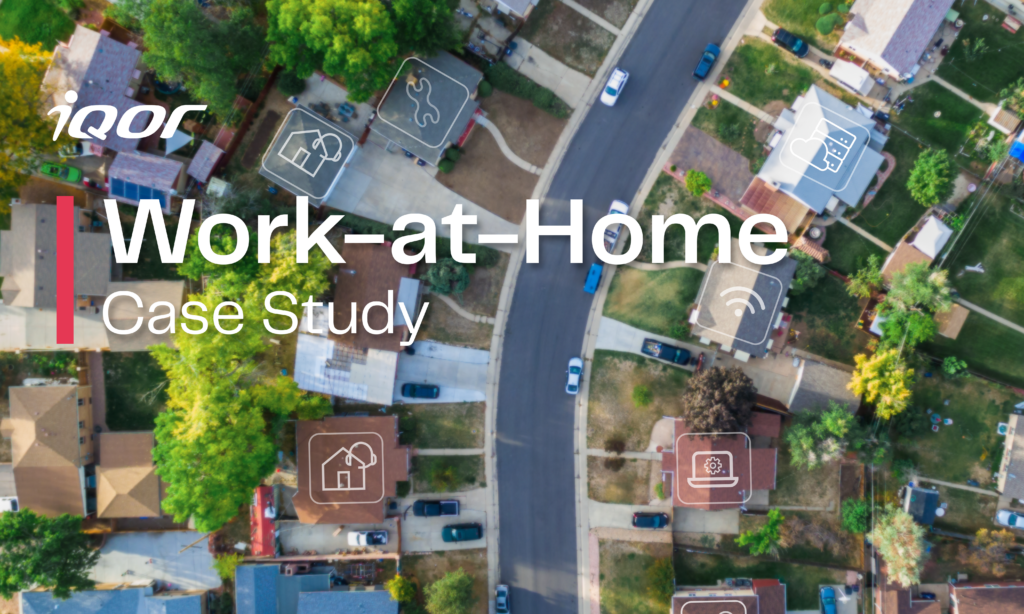
Case Studies
Ramping Up Benefits Administration Support 3x During Open Enrollment

Case Studies
Building Trust With a Health Care Brand Through Compassionate Patient Support

Podcasts
Ep. 51 Experience Marketing Is the Recipe for Sustainable CX

Podcasts
Ep. 50 How to Use Design Thinking to Optimize Customer Experience

Blogs
How to Cultivate a Strong Customer Service Culture and Elevate CX

Podcasts
Ep. 49 The Three Pillars of Good CX

Blogs
The Power of Analytics as a Service to Predict and Prevent Attrition

Podcasts
Ep. 48 How to Optimize Customer Service Through Current and Future State Assessment

Blogs
The Most Important Benefit in Omnichannel Customer Support

Podcasts
Ep. 47 A Six-Step Model to Develop Customer Loyalty

Podcasts
Ep. 46 How to Hug Your Haters to Improve Customer Experience

Podcasts
Ep. 45 How Brand Storytelling Influences Customer Experience

Blogs
How to Reduce Risk in CX With Speech Analytics

Blogs
Improving CX With Contact Center as a Service

Podcasts
Ep. 44 iQor Qares Gives Back to Employees and Communities

Blogs
The 10 Steps of Analytics as a Service

Case Studies
Designing Employee Training Programs to Build Human Connections

Case Studies
Speech Analytics Improves Customer Satisfaction for Warranty Client

Podcasts
Ep. 43 The Emergence of South Africa in CX

Podcasts
Ep. 42 Harnessing AI to Listen to the Voice of the Customer

Podcasts
Ep. 41 Achieving Human Connections Through Personalized CX Training

Blogs
Connect With Customers Through Omnichannel SMS for Better CX

Podcasts
Ep. 40 Customer Experience Trends in Silicon Valley

Blogs
How Leveraging Speech Analytics Improves Customer Service

Podcasts
Ep. 39 Two Core Pillars of Exceptional Customer Service

Podcasts
Ep. 38 How Relationship Building is Good for Employee Retention

Blogs
How Chatbots Can Transform the Customer Experience

Blogs
How RPA Solutions Improve Productivity and Enhance Customer Service

Podcasts
Ep. 37 The Road to Project Manager in HR

Blogs
Harness the Power of Workforce Management as a Service to Support Your Entire Business

Podcasts
Ep. 36 Coaching and Analytics Propels Customer Service Team to Top Performer

Podcasts
Ep. 35 How Exceeding Client Expectations Creates Career Growth Opportunities

Blogs
How to Optimize Your Digital Customer Experience Through Digital Transformation

Podcasts
Ep. 34 How a Customer Service Program Grew by a Factor of Ten
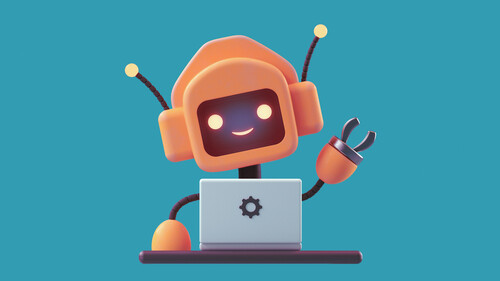
Blogs
How Self-Service Support Can Improve Customer Interactions and Build Brand Loyalty

Podcasts
Ep. 33 Crypto Exchange Looks to Differentiate With Client Service

Blogs
How Work-at-Home Endpoint Security Practices Protect Your Business

Podcasts
Ep. 32 How to Achieve High-Volume Talent Recruiting Success

Blogs
The Role of Intelligent Virtual Agents in Customer Service

Podcasts
Ep. 31 The Power of Coaching in Building Employee Loyalty

Podcasts
Ep. 30 How iQor Launches a New Customer Program Implementation

Blogs
How Omnichannel Support Strengthens Customer Relationships

Podcasts
Ep. 29 Digital Transformation Starts with Customer Experience

Podcasts
Ep. 28 The Three Pillars of Digital Transformation in the Customer Experience

Case Studies
Social Media Monitoring & Response with Flexible Seasonal Staffing

Podcasts
Ep. 27 A Purpose Driven Leadership Customer Experience Strategy in Trinidad

Podcasts
Ep. 26 How iQorians Give Back through iQor Qares

Blogs
How to Use Social Media Monitoring to Create Exceptional Customer Experiences

Podcasts
Ep. 25 How Strong Language Can Be Used to Deliver Great Customer Service

Podcasts
Ep. 24 Patient Engagement Can Create Customer Experience in Healthcare

Podcasts
Ep. 23 Three Strategies for Creating Stronger Employee Relationships
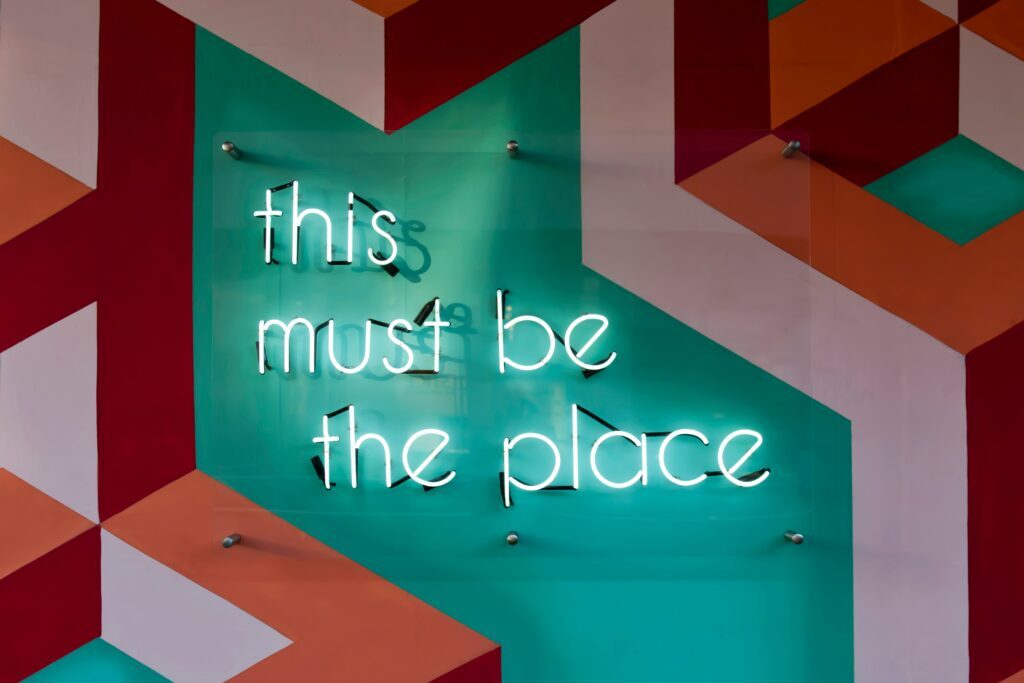
Case Studies
Hire Right, Hire Fast

Podcasts
Ep. 22 Three Reasons NICE Powers iQor Global Workforce Management Solutions

Podcasts
Ep. 21 Becoming a Top Certified Trainer Against All Odds

Podcasts
Ep. 20 Rapid BPO Career Success by Embracing iQorian Values

Podcasts
Ep. 19 How ThinScale Technology Transforms the Work-at-Home Experience for Call Center Agents

Podcasts
Ep. 18 How to Get Customers to Come Back Again & Again

Podcasts
Ep. 17 The Impact of Omnichannel Support on Contact Center Agents

Podcasts
Ep. 16 How to Create Remarkable Experiences Customers Want to Share

Podcasts
Ep. 15 Three Reasons for iQor’s Nearshore BPO Expansion in Trinidad and Tobago

Podcasts
Ep. 14 How Attrition Risk Modeling Enables Employee Happiness

Podcasts
Ep. 13 Why the Net Happiness Score is Simple and It Works

Podcasts
Ep. 12 Top Trends in the Customer Experience Management Industry

Blogs
How to Increase Employee Retention and Engagement with Leadership Training

Podcasts
Ep. 11 Non-Stop Recruiting of Irresistible Contact Center Agents

Podcasts
Ep. 10 The Power of Listening in Your Career

Blogs
Part 3: Supporting WAH Employees, Three Pillars of Seasonal Staffing in the BPO Industry

Podcasts
Ep. 9 The Trust Building Imperative in BPO Industry Sales Success

Podcasts
Ep. 8 How this Call Center Agent Advanced Her Career through the sQholar Program

Podcasts
Ep. 7 How Visionary Selling in the BPO Industry Wins

Podcasts
Ep. 6 Leadership Development through Training and Mentors

Podcasts
Ep. 5 The Journey from Call Center Agent to Training Manager

Blogs
Part 2: Recruiting, Three Pillars of Seasonal Staffing in the BPO Industry

Podcasts
Ep. 4 How Robotic Process Automation Reduces Call Handle Time

Blogs
Part 1: CX Tech, Three Pillars of Seasonal Staffing in the BPO Industry

Podcasts
Ep. 3 A 25 Year Journey in the BPO Industry Motivated by Helping People

Podcasts
Ep. 2 Train the Trainer Certification that Creates Irresistible People

Podcasts
Ep. 1 The Role of Digital Technology in the Modern Customer Experience

Case Studies
Multinational Retailer Selects iQor to Support Surging Driver Delivery Demand

Case Studies
Credit Card Issuer Transforms Customer Care With iQor’s IVR-to-Chat Options That Meet Customers in Their Preferred Channel

Case Studies
Major Auto Lender Accelerates Dealer-to-Consumer Financing With iQor’s Back Office Support Services

Case Studies
Global Business Solutions Provider Transforms Complex B2B Revenue Management Services Through Strategic Outsourcing

Case Studies
Culture of Innovation Inspires Strategic Outsourcing Partnership to Meet Top Global Retailer’s Commitment to Excellent CX

Case Studies
Strategic Outsourcing to Trinidad Saves Utility $3 Million in Year One for Customer Support

Case Studies
Strategic Outsourcing Saves Fashion Retailer $5 Million in Order Entry Costs

Case Studies
IVR Automation Scores Touchdown With Big Game Fans Seeking Food Order Status

Podcasts
Ep. 93: Customer Experience Is Everything in a Member-Centric Business

Podcasts
Ep. 92CX: Empowering Employees for CX Excellence Through Organizational Development

Podcasts
Ep. 91CX: Elevating Training for Agents With Active Learning

Podcasts
Ep. 90: Navigating the Future of CX With AI and Employee Engagement

Podcasts
Ep. 89: Value-Centric Leadership Is Shaping the Next Era of Customer Service

Podcasts
Ep. 88CX: How iQor Harnesses Active Learning Strategies to Boost Employee Engagement

Podcasts
Ep. 87CX: Cutting-Edge Recruiting Technology With a Human Touch

Podcasts
Ep. 86: How iQor Delivers Successful Seasonal CX Ramps for This Direct-to-Consumer Catalog Brand

Blogs
AI Trends Reshaping Customer Experience

Blogs
Master Retail CX All Year Long Through Strategic BPO Outsourcing

Blogs
Achieve Operational Excellence in Retail Year-Round Through Outsourced CX

Blogs
Accelerate Loan Processing in Auto Finance With Outsourced Back Office Support

Blogs
Love at First Insight: The Romance of Understanding Customers Through Interaction Analytics

Blogs
Unlock the Ultimate Customer Experience With AI Strategies for Consumer Electronics Brands

Blogs
Strategic Outsourcing as a Competitive Advantage in the Digital Age

Blogs
The Future of Customer Satisfaction in Retail Is AI-Driven Contact Center Optimization

Replays
Mastering Retail: Optimize Your Customer Experience Year-Round

Replays
How Machine Learning Can Help You Reduce Employee Turnover

Replays
Five Steps to Improve Coaching Effectiveness for Frontline Supervisors

Upcoming
Exclusive Webinar: Transforming Energy Companies with Nearshore BPO Outsourcing

Replays
iQor Empowers Airline Agents to Boost Performance with Attended RPA

White Paper
Optimize Frontline Agent Training

E-Books
Master Seasonal Employment

Guides
Safeguard Customer Information
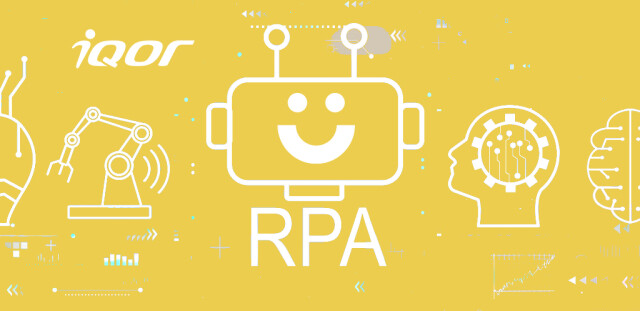
Guides
Benefits of RPA

Guides
Unlock CSAT With AI Tools

Guides
Humanizing eTail

Guides
Reduce Employee Attrition
 Featured
Featured
Blogs
Part 1: CX Tech, Three Pillars of Seasonal Staffing in the BPO Industry
Blogs
7 Ways to Morph Managers Into Leaders

Podcasts
Ep. 90: Navigating the Future of CX With AI and Employee Engagement

Blogs
Accelerate Loan Processing in Auto Finance With Outsourced Back Office Support

Podcasts
Ep. 89: Value-Centric Leadership Is Shaping the Next Era of Customer Service

Podcasts
Ep. 88CX: How iQor Harnesses Active Learning Strategies to Boost Employee Engagement

Blogs
Love at First Insight: The Romance of Understanding Customers Through Interaction Analytics

Podcasts
Ep. 87CX: Cutting-Edge Recruiting Technology With a Human Touch

Blogs
Unlock the Ultimate Customer Experience With AI Strategies for Consumer Electronics Brands

Podcasts
Ep. 86: How iQor Delivers Successful Seasonal CX Ramps for This Direct-to-Consumer Catalog Brand

Case Studies
US-Based Energy Company’s Strategic Outsourcing Yields $14 Million Annualized Savings in Customer Service

Case Studies
How iQor Harnesses Performance Enablement Technology to Replicate Top Performers at Scale

Case Studies
Ramping Up Benefits Administration Support 3x During Open Enrollment

Case Studies
Building Trust With a Health Care Brand Through Compassionate Patient Support

Case Studies
Designing Employee Training Programs to Build Human Connections

Case Studies
Speech Analytics Improves Customer Satisfaction for Warranty Client

Case Studies
Ramping Up Social Media Monitoring Support 4X for Promotional Campaigns

Case Studies
Social Media Monitoring & Response with Flexible Seasonal Staffing

Podcasts
Ep. 85: Leveraging NICE CXone to Augment Human and Operational Excellence at iQor

Podcasts
Ep. 84: Unlocking Greater Employee Performance With a Can-Do Mindset

Podcasts
Ep. 83CX: Harnessing AI to Optimize the Employee Lifecycle at iQor

Podcasts
Ep. 82: The Journey to Becoming an Impactful BPO HR Leader

Podcasts
Ep. 81: Mastering Customer Experience with the Right Mix of Technology and Human Touch

Podcasts
Ep. 80: iQor’s Nearshoring Success in Medellín, Colombia, Harnesses Talent and Culture

Podcasts
Ep. 79: The iQor Blueprint for Nearshore CX Outsourcing in Trinidad and Tobago

Podcasts
Ep. 78: The Fusion of Heart and Science for Effective CX

Blogs
Humanizing eTail by Empowering Call Center Agents as Ambassadors for Brand Storytelling

Blogs
Digital Transformation in Retail: A 5-Step Strategy to Optimize Customer Service and Boost Loyalty

Blogs
How Machine Learning Can Help You Reduce Frontline Employee Attrition

Blogs
The 5 Essential Pillars of Zero Trust for BPOs

Blogs
How to Use Machine Learning to Power Conversations and Retain More Contact Center Employees

Blogs
6 Ways Predictive Analytics Can Improve Frontline Employee Experience Resulting in Better CX

Blogs
5 Steps to Improve Coaching Effectiveness for Frontline Supervisors




